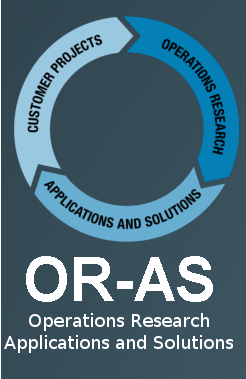FAQ
Question: I cannot download an update of P2 Engine from my support page.
Answer: If you have received an email with an update of P2 Engine and a link to your support page, you can only download this update if your current P2 Engine version has not expired. In case it is expired, you will receive this message "You are not authorized to access this page" and you should request a new license before you can continue.
Question: P2 Engine cannot find licence file, even after installation of the p2engine.lic file on Mac?
Answer: The license file on Mac will be received as p2engine.lic.txt. You should remove the txt extension in a proper way. Simple saving it in a text editor where .txt is replaced by .lic if often not enough. To check the new name of the file (which should be p2engine.lic), go to finder, File>Get Info and look to the correct name of the file. Remove .txt there and replace it by .lic if necessary.
Question: How do I know whether a simulation run was successful?
Answer: The function run_simulation has a input parameter "nrruns", i.e. number of simulation runs, and returns the number of successful runs (parameter 'runs'). If the "runs" output parameter is equal to zero then your simulation was not successful.
Question: How do I close P2 Engine from Terminal in Mac?
Answer: os.exit().
(Note that this also works on Windows, Linux, and any other platform where P2 Engine is supported).
Question: Can I use P2 Engine to import past P6 controlled data and modify the existing data to see how the outcome in terms of finish dates and costs could have been improved?
Answer: There is currently no specific function to import P6 data, but there are several options to do so. Since P2 Engine is based on the powerful LUA scripting language, the possibilities for extensions are endless. As an example, you can easily store your P6 data in a database and use a module (e.g. http://www.keplerproject.org/luasql/manual.html) to make the connection between the database and P2 Engine. Once done, baselining, simulations, risk analyses, endless what-if studies, project control analyses and much more belong to the possibilities.
